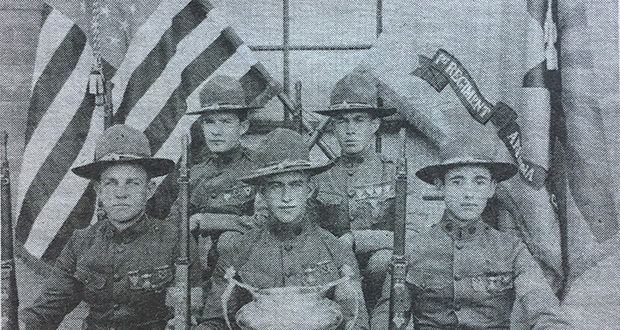Colonel Edwin N. Hardy
Arizona Capitol Reports Staff//November 17, 2006//[read_meter]
Col. Edwin N. Hardy at Fort Huachuca’s parade ground with his beloved dog Skipper at his side. If Army regulations governed where dogs could and could not go on a...
No tags for this post.

















